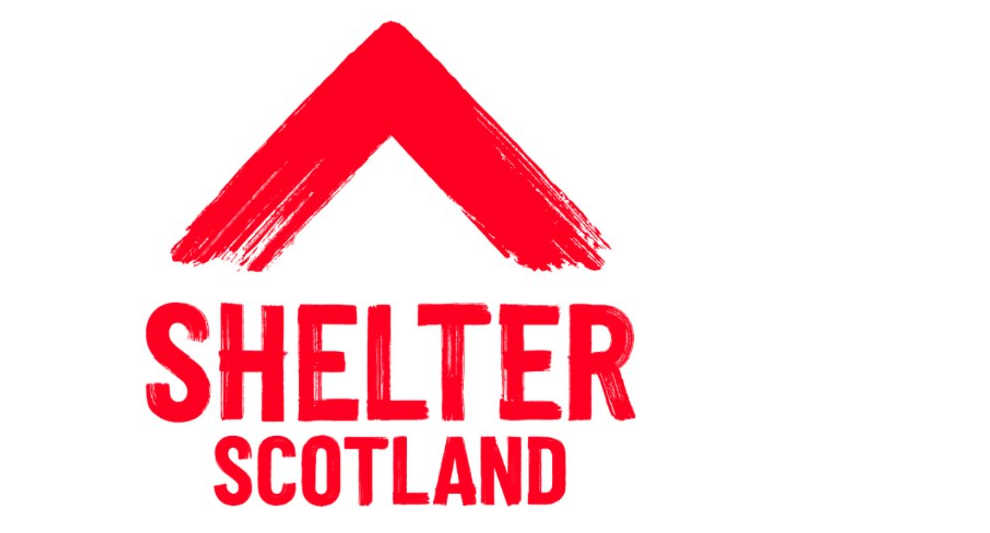Deposits in private tenancies
Getting your deposit back
When you move out, you or your landlord can ask the deposit protection scheme to return your deposit.
Ask your landlord for a breakdown of any costs they want to deduct from your deposit.
If you cannot agree, ask the deposit protection scheme to decide.
Before you move out
Take these steps to make it easier to get your deposit back:
leave the property and furnishings in a good clean state
check that any appliances and fittings are in good working order
remove all of your belongings from the property
ask your landlord or letting agent to do an exit check with you
take pictures and videos as proof of how you're leaving the property
take meter readings on the day you move out, and let your suppliers know you're moving out
Asking for your deposit back
Email or write to your landlord or letting agent when you move out to ask for your deposit back.
Copy and paste this sample text and personalise it with your details.
Letter template: ask for your deposit back
You can copy and paste the letter template or download it (odt, 9kb)
Subject: Deposit return for <property address>
To <landlord or letting agency name>
I recently moved out of <property address> and am getting in contact to request my deposit back.
I left the property in good condition and paid all rent and bills while I was a tenant.
Please arrange for my deposit of £<deposit amount> to be returned in full.
Thank you,
<your name>
You can also request it back from the deposit protection scheme.
Check where your deposit is protected:
If your landlord does not respond to the scheme within 30 days your deposit will be returned automatically.
If you had a joint tenancy
The deposit may be returned to the lead tenant, and they should split the money between all of the tenants. If you're not sure who the lead tenant was, ask your landlord or the deposit scheme.
Ask the lead tenant to return your share of the deposit. If they do not respond in a reasonable time, give them a deadline to return it by. It's best to put this in writing, so you have proof that you've tried to resolve it.
If they still do not return your money, you can claim it back in court using a process called simple procedure. Check Citizens Advice guidance on simple procedure.
If your landlord wants to keep some of your deposit
The deposit protection scheme will write to you saying how much your landlord wants to keep.
You must respond within 30 working days to say whether or not you agree to the amount.
Ask your landlord for a breakdown of the costs they want to charge for, and consider whether they're reasonable.
Your landlord can only charge you to put the property back how it was when when you moved in, or for unpaid rent. They cannot charge you for:
fair wear and tear – this includes any damage or deterioration that's happened gradually through normal use
repairs they're responsible for, unless the repair issue got worse because you did not report it
brand new replacements for old items or renovations they've decided to do
For example, if you left a stain on the carpet, your landlord can only charge you for the cost of cleaning it. They cannot charge you the full cost of a new carpet.
Negotiate how much you'll get back
Tell your landlord or letting agent how much you think you should get back and why.
Give proof if you can, such as:
what was listed in the inventory
what was agreed on an exit check
pictures you took when you moved in and when you moved out
proof that you reported repairs
cheaper quotes for cleaning or repairs
If you and your landlord agree on the amount you'll get back, then the deposit protection scheme will pay you the money.
If you cannot come to an agreement
Ask the deposit protection scheme to decide how much you should get back. This is called dispute resolution.
You may need to show that you've tried to negotiate with your landlord first.
The scheme will look at any proof that you and your landlord give them. They should make a decision within 20 working days.
If you disagree with the scheme's decision, you can ask for a review. You must do this within 10 days of the decision.
Getting back an unprotected deposit
If your landlord was exempt from deposit protection
First try negotiating to get your deposit back.
If you cannot come to an agreement, you could get your deposit back through the court. Check the Citizens Advice website for guidance on simple procedure.
If your deposit should have been protected
You can apply to the First-tier Tribunal (Housing and Property Chamber) to get your deposit back. You could also get extra compensation from your landlord.
Last updated: 9 September 2025
Housing laws differ between Scotland and England.
This content applies to Scotland only.
